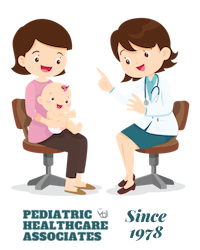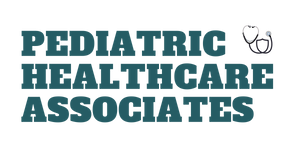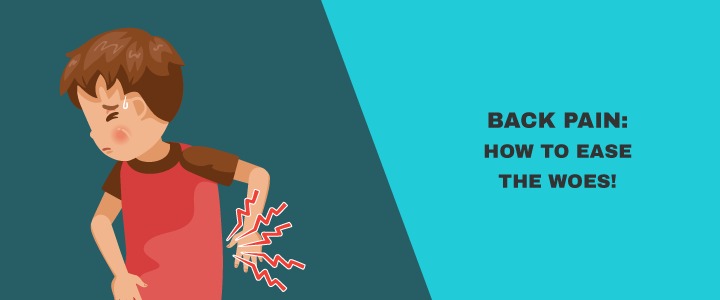Back Pain: How to help your child cope with the pain?
Back pain is one of the most common types of spasms a child may experience, often leading to discomfort that can interfere with daily activities. Various physical activities, sudden movements, or poor posture can trigger annoying spasms around the back area, making it essential for parents to be aware of potential causes and solutions.
Some of the reasons that can lead to back pain in children include:
- Pain or discomfort in the upper, mid, or lower back: The discomfort may start as mild but gradually intensify, making movement and posture adjustments difficult. If not addressed in time, it could affect a child’s mobility and overall well-being.
- Muscle strain from overuse or injury: Children are active by nature, engaging in sports, playing outdoors, or carrying heavy school bags. A muscle strain may not cause immediate pain, but over time, the stress on back muscles can lead to persistent discomfort.
General Causes of Back Pain:
Back pain in children is primarily due to excessive physical activity, poor posture, and muscle overuse. Some of the most common causes include:
- Strained Back Muscles: New backaches in children and teenagers often result from strained muscles due to overuse. This pain is typically felt in the lower back and around the center. With over 200 muscles supporting the back, even minor strain can cause significant discomfort.
- Work-Related Strain: Lifting heavy objects, carrying school bags incorrectly, or engaging in repetitive activities can put pressure on the back. Even everyday tasks like playing sports, bending improperly, or spending too much time sitting in an incorrect posture can contribute to back pain.
- Sudden Changes in Exercise Routine: When a child suddenly engages in a new physical activity or changes their exercise pattern, it can lead to muscle fatigue and back pain. Proper warm-ups and stretching are essential to minimize this risk.
- Heavy Backpacks: A significant factor affecting school-age children is the weight of their backpacks. Carrying an overly heavy bag can strain the back, shoulders, and neck. Children who have not yet reached puberty are particularly vulnerable, as they lack the necessary muscle mass to support excessive weight.
Addressing back pain at an early stage is crucial for a child’s well-being. Parents and guardians in Altoona looking for professional guidance can benefit from specialized child healthcare services in Altoona. These services focus on diagnosing the root causes of back pain, providing expert advice, and ensuring children receive proper posture training, physiotherapy, and muscle-strengthening exercises. By seeking timely medical attention and following preventive measures, parents can help their children maintain a healthy and active lifestyle free from recurring back pain.
It is important to determine the severity of the pain and then a followup. Following are few scenarios:
Call 911(Severe)
- Pain starts after major injury (such as a car crash or football). Caution: do not move your child until a spine board is put on.
- You think your child has a life-threatening emergency.
Go to and ER now(Severe to Moderate)
- Loss of bladder or bowel control and follows back injury
- Can't pass urine or can only pass a few drops
- Can't walk or can barely walk
Call your Doctor(Moderate)
- Unbearable pain
- Pain shoots into the buttock or back of the thigh
- Tingling or numbness (loss of feeling) in the legs or feet
- Blood in urine
- Pain or burning when passing urine and fever
- Your child looks or acts very sick
- You think your child needs to be seen, and the problem is urgent
- Walks different than normal for more than 3 days
Care and Advice
Back pain is annoying. The pain restricts your physical activities. Following are few guidelines to help your child cope with the back pain:
- Pain Medicine:
- To help with the pain, give an acetaminophen product (such as Tylenol).
- Another choice is an ibuprofen product (such as Advil) Use as needed.
- Reason: Helps back pain and muscle spasms.
- Cold Pack for Pain:
- For pain or swelling, use a cold pack. You can also use ice wrapped in a wet cloth.
- Put it on the sore muscles for 20 minutes.
- Repeat 4 times on the first day, then as needed.
- Reason: Helps with the pain and muscle spasms.
- Caution: Avoid frostbite.
- Use Heat After 48 Hours:
- If pain lasts over 2 days, put heat on the sore muscle.
- Use a heat pack, heating pad or warm wet washcloth.
- Do this for 10 minutes, then as needed.
- Reason: Increase blood flow and improve healing.
- Caution: Avoid burns.
- Sleep on the Side:
- Sleep on the side with a pillow between the knees.
- If your child only sleeps on the back, put a pillow under the knees.
- Avoid sleeping on the stomach.
- The mattress should be firm. Do not sleep on a waterbed.
- Activity:
- Avoid any sports or work that increase the pain.
- Avoid lifting or jumping until well.
- After 48 hours, start gentle back stretching exercises.
- Complete bed rest is not needed.
- Prevent Backpack Pain:
- Limit the weight of what is carried. It needs to less than 15% of body weight. That means a 100-pound (45 kg) child should not carry more than 15 pounds (7 kg).
- A sign of carrying too much weight is having to lean forward when walking.
- Buy a well-made backpack with wide, padded shoulder straps.
- Never carry the pack on just one shoulder. Reason: causes shoulder and neck pain.
Disclaimer: This health information is for educational purposes only. You, the reader, assume full responsibility for how you choose to use it.
Citation/References:
https://phcaaltoona.com/phca-symptom-checker/#!/topic/286/back-pain
